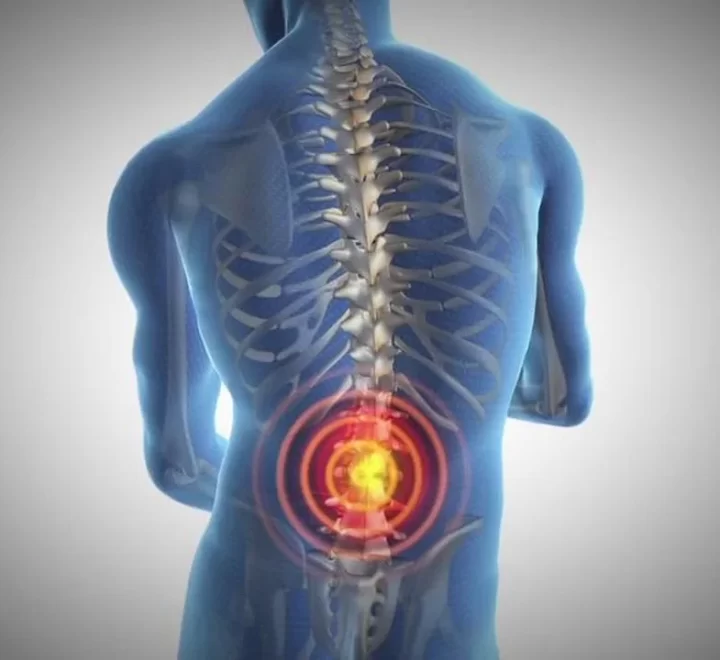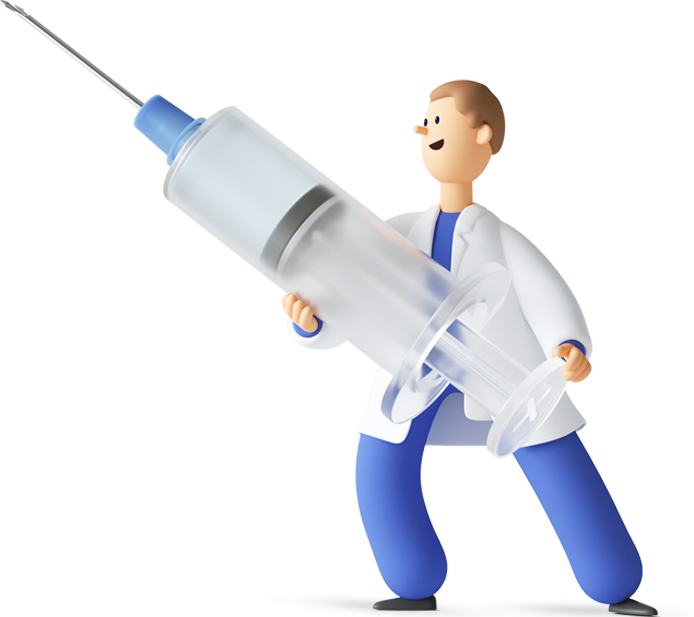Specializing in Nonsurgical Treatments
Spinal Stenosis
Up to 95% of men and women start seeing degenerative changes in their spine by the time they reach age 50. By the time you reach 60, these changes can trigger spinal stenosis symptoms.
At Academic Pain & Spine in Bensalem, PA, Beth Chekemian, DO, specializes in nonsurgical treatments for chronic pain conditions, especially those involving your nerves such as spinal stenosis. If you have neck or lower back pain that could be spinal stenosis, call the office or schedule an appointment online today.
What is spinal stenosis?
Spinal stenosis is a condition affecting your spinal cord and spinal nerves. This issue develops when the open spaces in your spinal canal forming a passageway around your spinal cord and nerves grow narrow. As this area becomes smaller, it can compress the nerves passing through.
While it’s possible to have a narrow spinal canal from birth, spinal stenosis generally occurs due to:
- Spinal fractures or dislocations
- Overgrowth of bone, often caused by osteoarthritis
- Soft tissue conditions, like herniated discs
You develop spinal stenosis in your neck and lower back. If you have this condition in your neck, it’s known as cervical stenosis, while cases affecting your lower back are called lumbar stenosis.
What are the symptoms of spinal stenosis?
Spinal stenosis compresses your nerves, which can trigger a variety of symptoms depending on which region of your spine is affected. In most cases, for example, cervical stenosis causes pain, numbness, weakness, and tingling in your arms or legs.
When you have lumbar stenosis, however, it’s more common to experience sciatica symptoms. These issues usually include a sharp or burning pain that runs from your lower back into your buttocks and down your leg. When you have a severe case of spinal stenosis, you can also have bladder and bowel control issues, or incontinence.
Without treatment, spinal stenosis can cause permanent nerve damage.

How is spinal stenosis diagnosed?
Dr. Chekemian conducts a comprehensive exam, reviews your symptoms, and discusses your personal and medical history. To confirm spinal stenosis, she might also request X-rays to look for irregularities in your spinal canal or MRI imaging to look for soft tissue damage and diagnose the exact area of nerve compression.
How is spinal stenosis treated?
After reaching a spinal stenosis diagnosis, Dr. Chekemian works closely with you to develop a treatment plan personalized to your symptoms and condition.
Common treatments for spinal stenosis often include:
- Muscle relaxants
- Pain-relieving medications
- Anti-inflammatory drugs
- Steroid injections
- Physical therapy
In some cases, Dr. Chekemian may also suggest spinal decompression. This treatment focuses on increasing the space in your spinal canal and often requires general anesthesia.
For more information on spinal stenosis diagnosis and treatment
We Work With Most Insurance Companies


- Dave Wenitsky, Google Review
"They are very nice and caring."
Spinal Stenosis
- Most Major Insurances Accepted
- Personalized Treatment
- Board Certified Doctor
- Get Your Life Back
- Get Relief for Your Chronic Pain
- Comprehensive Pain Solutions
- Flexible Hours
